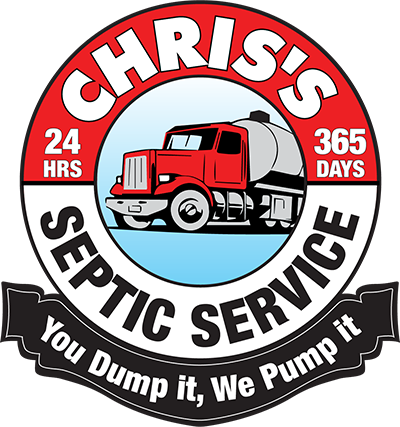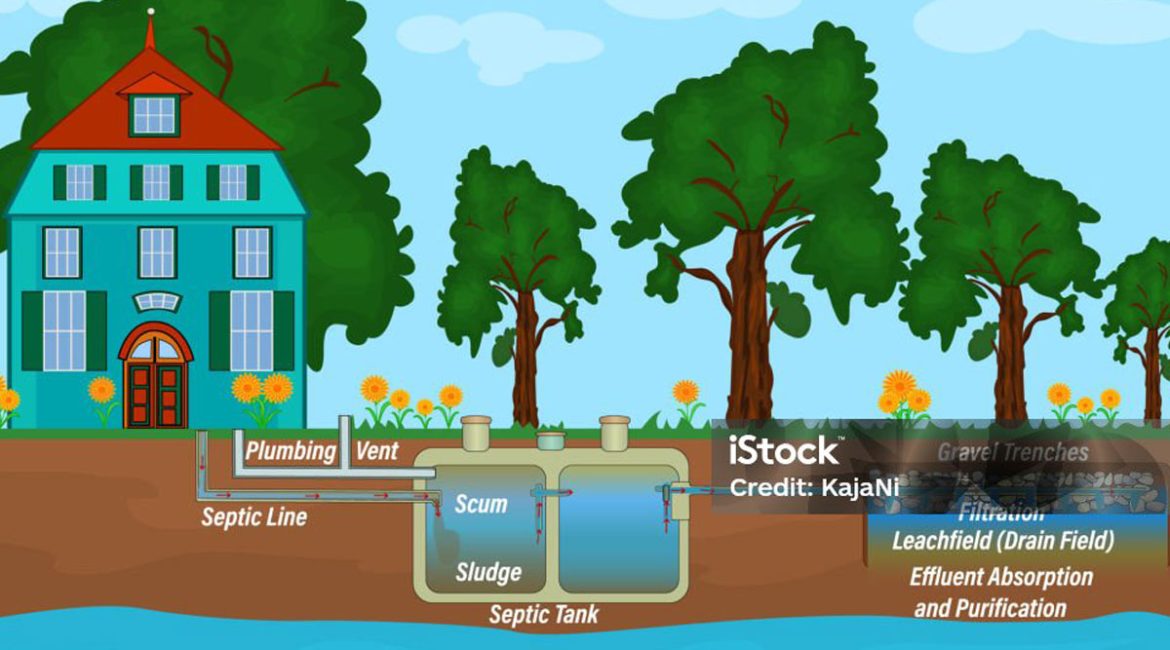A septic system is a decentralized wastewater treatment system commonly used in rural and suburban areas where centralized sewer systems are not available. It consists of several key components that work together to treat and dispose of household wastewater. Here’s an overview of how a septic system works:
Household Plumbing:
Wastewater from toilets, sinks, showers, and other household drains is collected in the plumbing system within the house. This water is often referred to as “graywater” (from sinks, showers, etc.) and “blackwater” (from toilets).
Septic Tank:
The wastewater flows from the house to the septic tank, a buried, watertight container typically made of concrete, fiberglass, or plastic. The septic tank is designed to allow solids to settle at the bottom and grease and lighter solids to float to the top, forming three layers:
- Scum Layer: Contains floating materials like oils and fats.
- Effluent Layer: The liquid wastewater in the middle.
- Sludge Layer: Comprised of heavier solids that settle at the bottom.
Bacterial Action:
Inside the septic tank, naturally occurring bacteria and enzymes begin to break down and digest the organic matter in the wastewater. This biological process helps separate solids from the liquid effluent.
Effluent Distribution:
The liquid effluent, now partially treated, exits the septic tank through an outlet pipe and moves into the drainfield (also known as leach field or absorption field). The drainfield is a network of perforated pipes buried in trenches filled with gravel or other porous material.
Drainfield Treatment:
As the effluent moves through the drainfield, it undergoes further treatment by filtering through the soil. The soil acts as a natural filter, removing remaining impurities and harmful bacteria. The treated effluent eventually percolates down into the groundwater, completing the final stage of the treatment process.
Groundwater Disposal:
The treated wastewater is dispersed into the surrounding soil, where natural processes further purify it. This filtered water then enters the groundwater system. The soil acts as a natural filter, removing additional impurities and pathogens.
Ongoing Process:
A septic system is a continuous process. As new wastewater enters the septic tank, the partially treated effluent is displaced and flows into the drainfield. The bacterial action in the tank continues to break down solids, ensuring the system’s ongoing functionality.
Proper maintenance, including regular septic tank pumping and avoiding the introduction of harmful substances (such as excessive grease, chemicals, and non-biodegradable items), is crucial for the efficient and long-term operation of a septic system. Regular inspections and pumping help prevent system failures and ensure the continued effectiveness of the wastewater treatment process.

